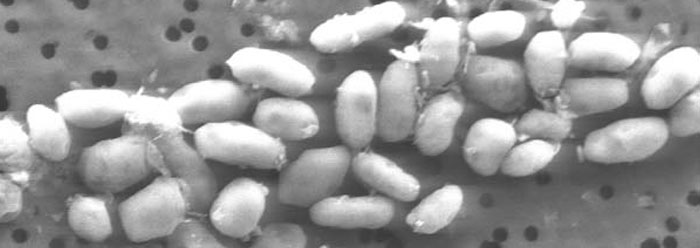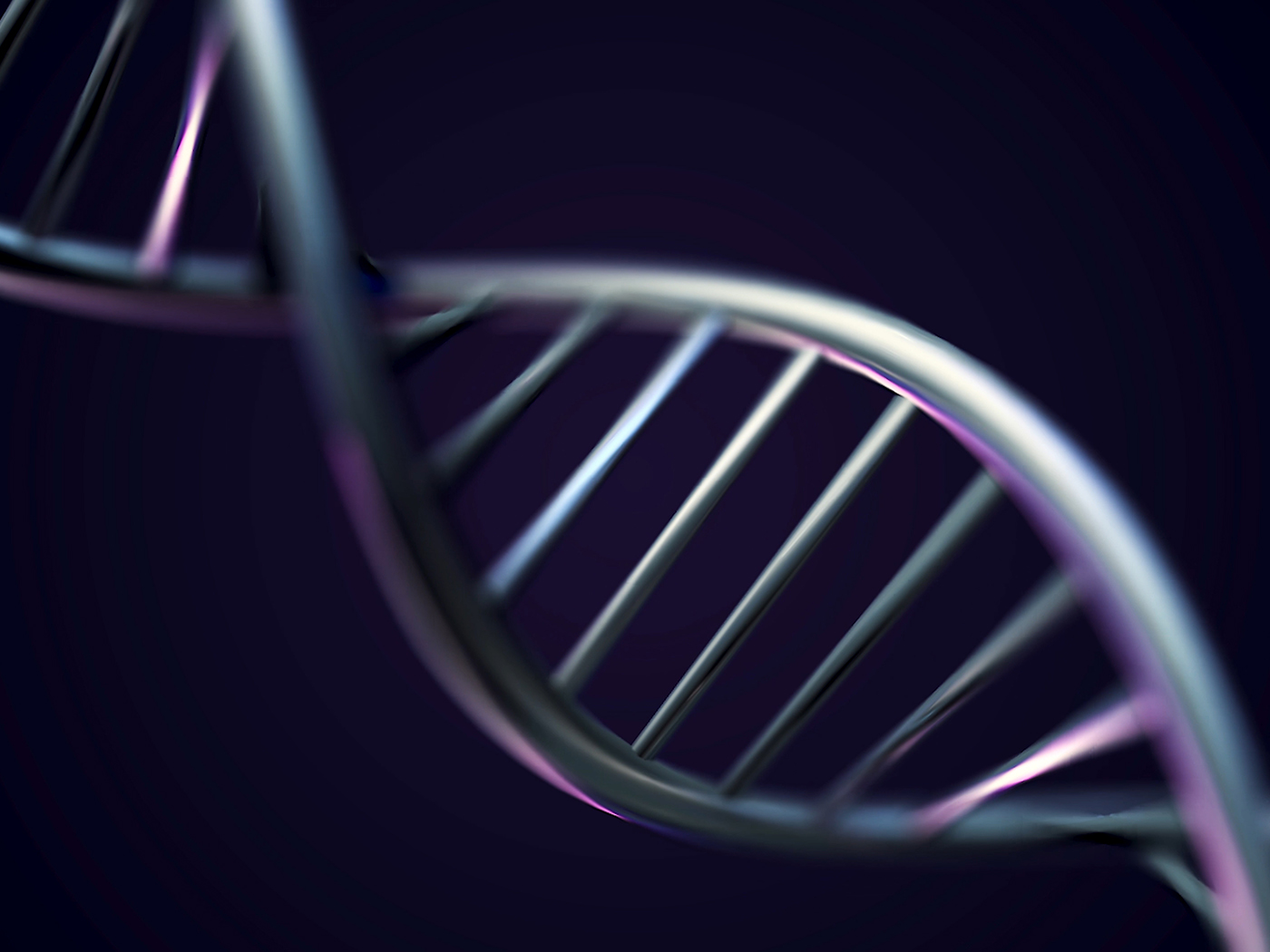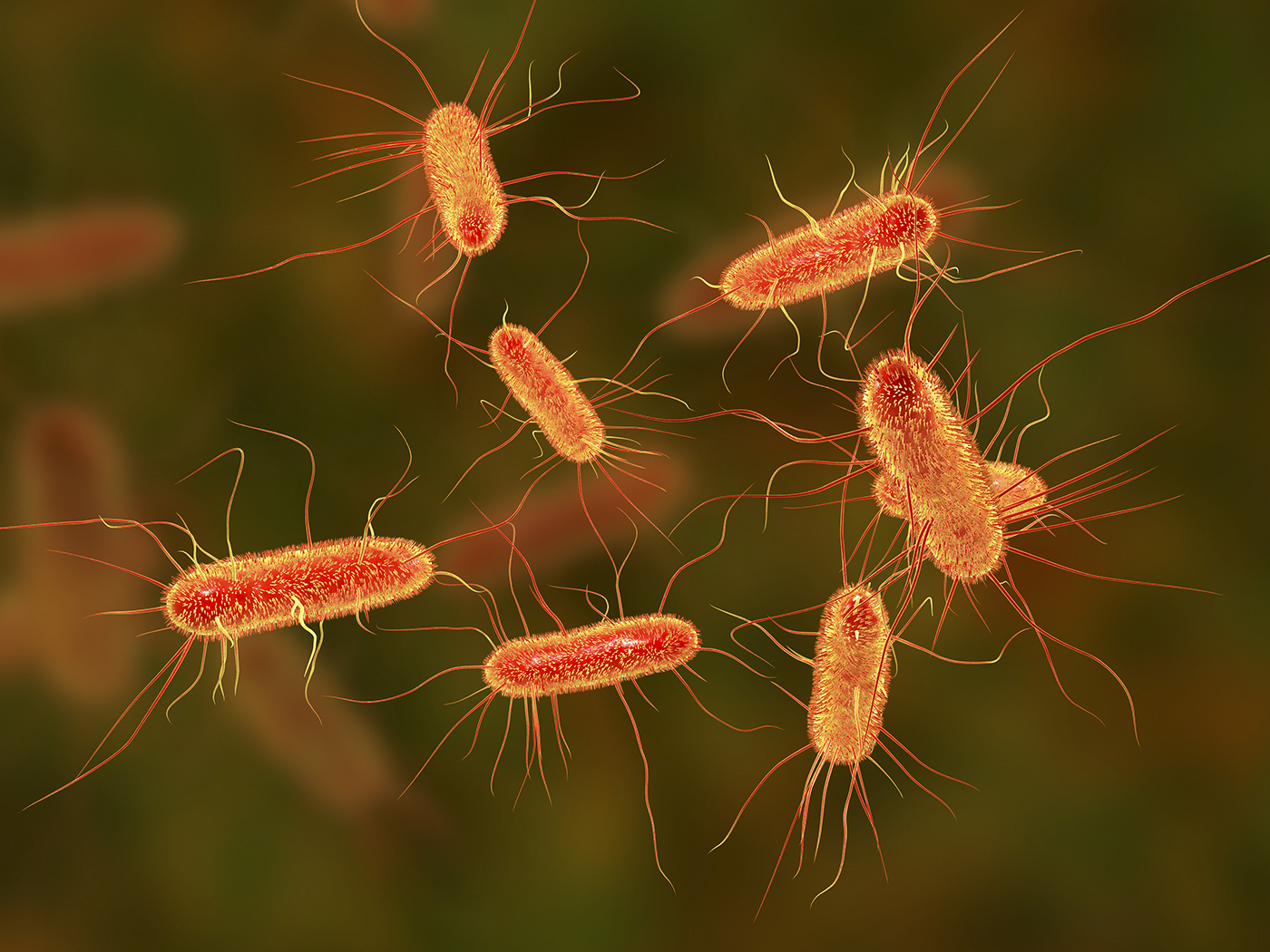The six most common elements in living things are carbon, hydrogen, nitrogen, oxygen, sulfur, and phosphorus. Although some have considered the possibility that other elements could serve the same functions as these, no claims of discovering such a substitution had been made—until recently.
Researchers reported that a special strain of bacteria can substitute arsenic for phosphorus.1 But how could this be, considering how toxic arsenic normally is to living systems? And if the bacteria did use arsenic in this way, what would that imply?
The research team took some of the hardy bacteria from arsenic-rich Mono Lake in eastern California, cultured them in a laboratory, and fed them arsenic while limiting their phosphorus supply. Amazingly, some individual bacteria were able to grow in that environment. In their online Science paper, the geoscientist authors claimed that their data showed arsenic was actually incorporated into the DNA and proteins of these incredible tiny creatures. But many bioscience critics quickly pointed out serious flaws in the research, just days after it was published.
Chemically, arsenic behaves very similarly to phosphorus; it has the same outer electron configuration. However, the heavier arsenic atom tends to react more with certain sensitive biomolecules, and this reactivity makes it a potent poison to living things.
That is, it does unless those living things have specialized cellular equipment to sequester the arsenic. These mechanisms have been studied in other organisms, including single-cell algae in Yellowstone National Park's hot spring pools.2 But the California bacteria supposedly take the process one step further: Not only do they neutralize the arsenic's toxicity like the algae do, but they also use the arsenic to fill the vital role of phosphorus as a basic construction material.
But growing in arsenic came with a cost to these bacteria. The arsenic-eating bacterial strain, named GFAJ-1, was extra-bloated compared to its phosphorus-grown brothers and contained many "large vacuole-like regions." Vacuoles are membrane-bound bubble-like structures that serve various purposes and are found in cells of all kinds. The study's authors mentioned the "potential instability of the cellular structures given their swollen state." However, GFAJ-1 "grew considerably better when provided with phosphorus."1
Interestingly, their data showed that these bacteria exclusively used "As(V),"1 also called the "plus five redox state." Arsenic can exist in different states of oxidation that are characterized by different numbers of electrons associated with the atom. This means that certain bacterial machines add extra electrons to arsenic.
As reported earlier in ICR News, in the case of the arsenic-tolerant algae from Yellowstone, "one enzyme reduces the electric charge of arsenic by adding electrons to it. Another enzyme removes electrons when it is necessary to oxidize the arsenic. Separate enzymes attach organic chemicals to arsenic atoms, changing them into larger, harmless chemicals. There is, to date, no man-made machine capable of these kinds of precise, effective, small-scale manipulations."2
The authors of the bacteria study wrote, "How arsenic insinuates itself into the structure of biomolecules is unclear."1 Despite the bold claims of this NASA-funded research, more work is needed to verify the conclusion that these bacteria incorporate arsenic into their DNA and proteins.
If they do, then even more research would be required to determine exactly how arsenic is incorporated as an emergency substitute for phosphorus. In any case, it is abundantly clear that arsenic does not "insinuate" itself, as the authors claim. Instead, specified and well-designed cellular machinery would have to act upon it, as has already been demonstrated in other creatures. Specifically, some enzymes would prepare the arsenic for general use and other enzymes would have to then fit it into DNA and proteins.
News reports have suggested this study shows that extraterrestrial life forms could survive using arsenic. A NASA news report even stated that the discovery "will alter biology textbooks and expand the scope of the search for life beyond Earth.... These findings also will open up new frontiers in microbiology and other areas of research."3
But even if the arsenic-incorporating claim is verified, it would actually show that this kind of life in outer space would be even less likely. Not only would other-worldly versions of arsenic-eating bacteria need all of the same required biochemical systems to support basic cellular processes, but they would need the same host of extra biochemical systems to handle arsenic. Without these specialized and well-designed mechanisms, the arsenic would be poisonous for this life form for the same reasons that it is for organisms on earth.
References
- Wolfe-Simon, F., et al. A Bacterium That Can Grow by Using Arsenic Instead of Phosphorus. Science. Published online December 2, 2010.
- Thomas, B. Deadly Waters No Problem for Well-Equipped Algae. ICR News. Posted on icr.org March 25, 2009, accessed December 2, 2010.
- Brown, D. and C. Weselby. NASA-Funded Research Discovers Life Built With Toxic Chemical. NASA Feature. Posted on nasa.gov December 2, 2010, accessed December 10, 2010.
Image Credit: Copyright © 2010 AAAS. Adapted for use in accordance with federal copyright (fair use doctrine) law. Usage by ICR does not imply endorsement of copyright holders.
* Mr. Thomas is Science Writer at the Institute for Creation Research.
Article posted on December 14, 2010.























